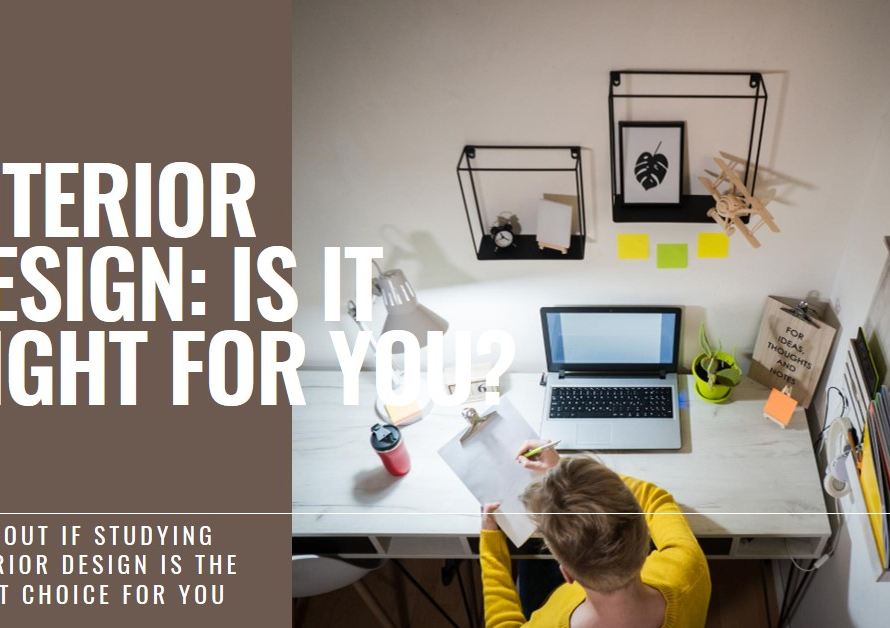
Table of Contents
1. Introduction: The Convergence of Industries (Video Game Technology)
Video Game Technology – In recent years, there has been a remarkable convergence between the architectural visualization and video game industries, driven by shared technologies and a quest for immersive experiences. This article delves into the innovative realm of adopting video game technology for architectural visualization, exploring how these advancements are revolutionizing design workflows and client interactions.
2. Leveraging Real-Time Rendering Engines
One of the key areas where video game technology has made a significant impact on architectural visualization is through real-time rendering engines. Platforms such as Unreal Engine and Unity, initially developed for gaming, now offer powerful tools for rendering lifelike architectural scenes in real time. This shift allows designers and architects to explore designs dynamically, adjust lighting conditions on the fly, and present interactive walkthroughs to clients with unprecedented realism.
3. Interactive Design Reviews and Client Engagement
The adoption of video game technology enables immersive and interactive design reviews, transforming static presentations into engaging experiences. Clients can navigate virtual environments, interact with design elements, and experience spatial proportions firsthand, fostering better understanding and decision-making during the design process. Real-time feedback loops facilitate iterative design improvements, leading to more refined and client-centric outcomes.
4. Gamification of Design Processes
Gamification principles integrated into architectural visualization workflows add a layer of engagement and motivation for design teams and clients alike. Elements such as achievement systems for design milestones, collaborative challenges, and interactive design charrettes within virtual environments encourage creativity, teamwork, and problem-solving skills. Gamified workflows also enhance user experience and satisfaction, driving productivity and innovation in design projects.
5. Dynamic Lighting and Environmental Effects
The advanced lighting and environmental effects capabilities inherent in video game engines enhance the visual fidelity of architectural visualizations. Dynamic global illumination, real-time reflections, volumetric lighting, and weather simulations bring architectural designs to life with unparalleled realism. Designers can simulate various lighting scenarios throughout the day, study daylight effects, and showcase how spaces respond to natural elements, enriching client presentations and design narratives.
6. Virtual Reality (VR) and Augmented Reality (AR) Experiences
The integration of VR and AR technologies into architectural visualization workflows extends immersive experiences beyond traditional screens. VR allows clients and stakeholders to step into virtual environments, experiencing spaces at scale and in 3D, promoting better spatial comprehension and decision-making. AR applications enable overlaying digital designs onto real-world environments, facilitating on-site visualization, and contextual understanding of proposed designs.
7. Collaborative Design Environments
Video game technology fosters collaborative design environments where multiple stakeholders, including architects, designers, engineers, and clients, can collaborate seamlessly in virtual spaces. Shared virtual platforms enable real-time collaboration, idea exchange, and decision-making, irrespective of geographical locations. This collaborative synergy reduces communication barriers, accelerates design iterations, and ensures alignment among project stakeholders.
8. Data-Driven Design Analytics
The integration of analytics and data visualization tools within video game engines empowers architects and designers with actionable insights into user behavior, space utilization, and design performance metrics. Heat maps, user interactions, and engagement analytics gathered during virtual walkthroughs provide valuable feedback for optimizing spatial layouts, circulation flows, and user experiences within architectural designs.
9. Scalability and Future-Proofing Designs
Video game technology offers scalability and future-proofing for architectural designs, allowing for seamless transitions from concept exploration to detailed design phases. Assets created within gaming environments can be repurposed for marketing materials, interactive presentations, and educational content, maximizing the value and lifespan of design investments across diverse platforms and audiences.
10. Conclusion: Bridging Creativity and Technology


In conclusion, the integration of video game technology into architectural visualization represents a transformative shift in how designs are conceived, communicated, and experienced. By harnessing the power of real-time rendering, interactivity, gamification, immersive technologies, and collaborative workflows, design professionals are breaking traditional boundaries, fostering innovation, and delivering exceptional value to clients in the ever-evolving built environment. Embracing this synergy between creativity and technology promises a future where architectural visions are not just visualized but experienced in unprecedented ways, shaping a more immersive, inclusive, and sustainable built environment.


